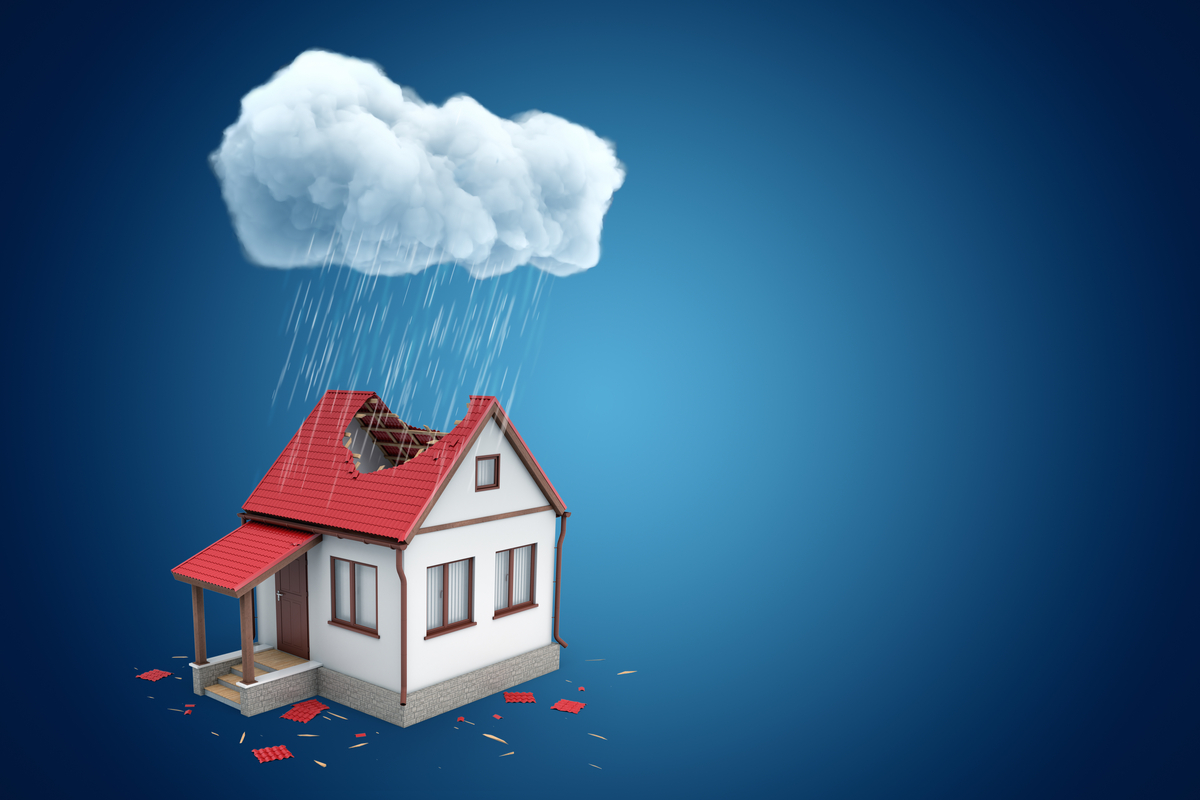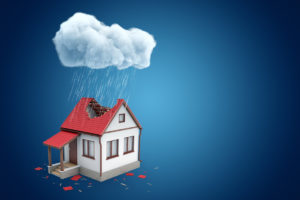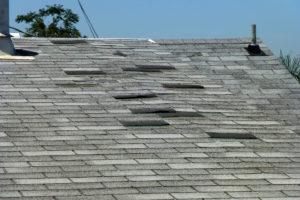

Storms, hurricanes, and falling limbs can wreak havoc on roofs, leaving homeowners overwhelmed with dealing with the roof damage in the aftermath of a weather event. But extreme weather isn’t the only culprit causing damage to roofs; over time, leaking areas can lead to rot and the need to replace parts or all of the roofing.
When dealing with roof damage, finding your way on the roofing insurance claim process’s complicated maze is a daunting task. Roofing insurance claims often involve insurance adjusters, expert roofing contractors, independent adjusters, and mortgage companies. Homeowners must navigate the process of filing insurance claims while dealing with the property damage that has occurred.
Knowledge Is Power
Most homeowners don’t take the time to read the fine print of their insurance policies and rely on the companies to tell them what is covered and what isn’t. Insurance companies are fully aware of this fact and use it to their advantage. If you don’t have a copy of your insurance policy, request one from your agent and read it thoroughly. Your agent should supply you with all of the information that you request promptly.
Typically, Two Types Of Coverage Exists
Insurance companies may not make it clear to you that, in most states, two different types of coverage exist. Replacement policies are the most common type that provides coverage for the roof to be returned to brand-new condition after an event included in your policy occurs.
The second common type is repair coverage. Repair coverage provides a percentage of the replacement cost based on the roof’s age and materials. This amount typically decreases as the policy and your roof age. Make sure you understand the details of your coverage and understand your insurance policy’s fine print.
What Insurance Companies Won’t Tell You
* Most homeowner’s policies require you to cover the damaged roof immediately
* If necessary steps to protect the roof after the initial damage have not been taken, secondary damage claims are usually denied. This means any ceilings, walls, flooring, electronics, etc., that may be damaged by water or wind won’t be covered if the roof was not adequately protected.
* Hire a reputable, licensed & bonded roofing company to secure the roof with a tarp to protect the home until they can make repairs.
* Most states require homeowners to make damage claims within 30-60 days, failure to meet timelines can mean denial of claims.
* Insurance companies scrutinize claims for roof repair and replacement. Hire an independent roofing inspector in addition to the insurance inspector to cover your bases.
* Accepted insurance claims should provide an amount necessary to cover the same materials of the current roof. Some insurance adjusters offer a settlement that will cover inferior materials.
Cover Your Bases
Homeowners must remember insurance companies are for-profit businesses. Understanding insurance policies, asking questions, acting swiftly, and hiring professional roofers and independent roof inspectors will help you cover your bases if damage to your roof occurs.













